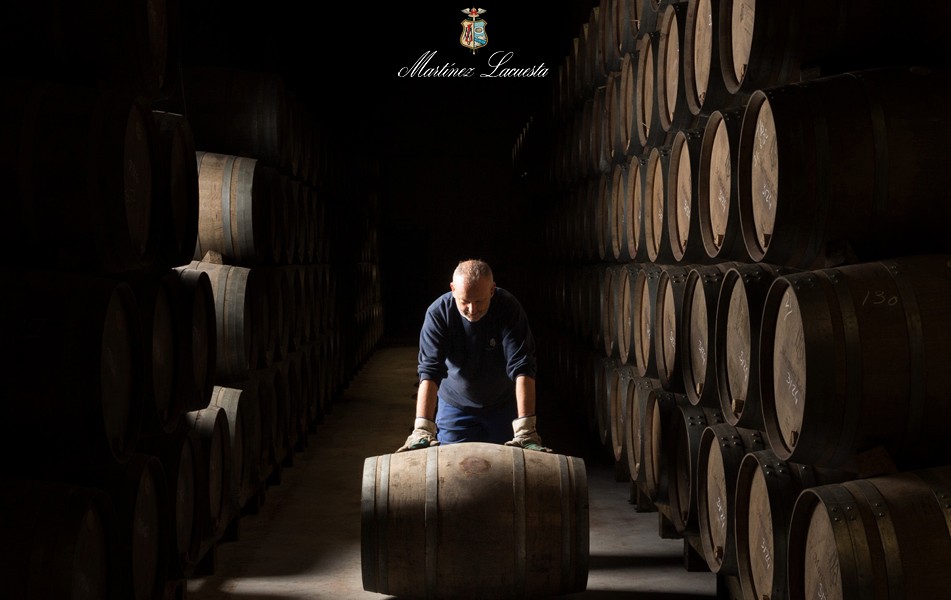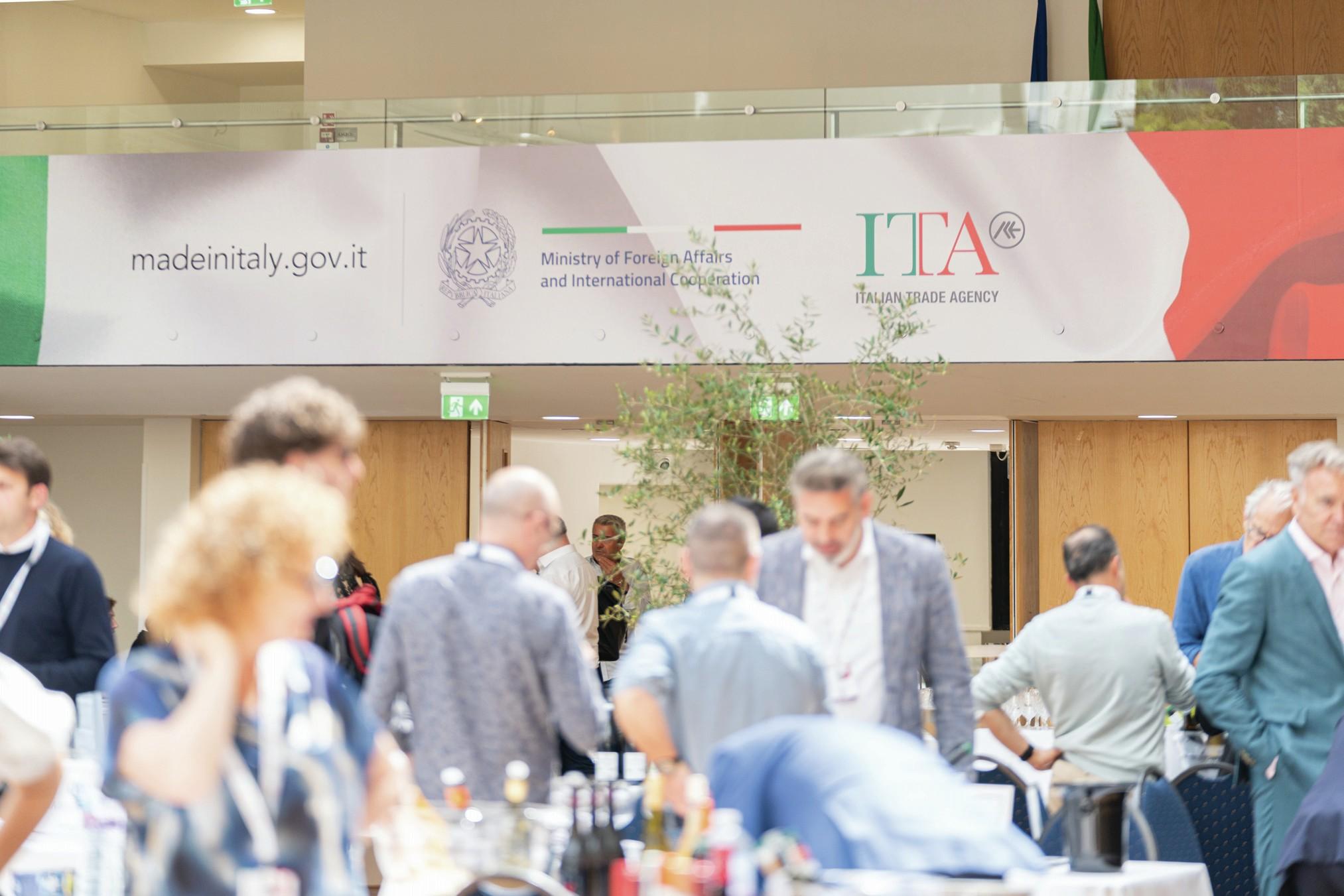Tor Kenward: Napa could show ‘as much diversity’ as Burgundy
Having amassed 50 years of experience in Napa Valley, Tor Kenward reflects on the region’s potential, its future and how it has influenced Tor Wines.

“My business plan is more organic than a master plan,” explains Tor Kenward, sitting down to coffee in London. It is a good starting-point for chatting with the winemaker. From his conversational discussion of Bordeaux vintages to the way he leans into a thought-provoking question, he has the quiet authority of a man who lives and breathes winemaking. Even before the notepad is out, a discussion of spring jackets and British weather has segued into checking the current temperature in Napa and explaining the importance of its diurnal range for Tor Wines.
For Kenward, that ease is well-earned. Having arrived in Napa Valley in the 1970s, just as events like the Paris Wine Tasting of 1976 put the region on the map, he found work with Beringer Vineyards. After working with the company for more than a quarter of a century, he had gained the necessary expertise and funds to change lanes. He established Tor Wines in Napa in 2001.
The company, which joined Pol Roger Portfolio in 2020, has entered into the upper echelons of Californian wines in its two decades in production. With a focus on single-vineyard Cabernet Sauvignons and Chardonnays, supplemented by its blends and passion projects, it has gained a firm fan base among Napa aficionados. Indeed, the wines have routinely achieved top, sometimes perfect, scores from critics, including from Napa’s great ambassador, Robert Parker. There is clearly – if not a master plan – some method behind the success.
Replicating Burgundy
“I had one major thought,” explains Kenward. “I always felt Napa should be replicating Burgundy much more than Bordeaux.” The west coast state often invites comparisons with Bordeaux, as each has made calling cards of Cabernet Sauvignon and Merlot. Events such as the 1976 tasting have reinforced such a view, pitting the regions against each other as seeming parallels.
Yet Kenward sees deeper connections with Burgundy. Especially in the model of the vineyards, the two have similarities, with a “chequerboard” of small growers offering site-specific production. Indeed, it is a selling-point for the company. Although he freely admits never having developed an elevator pitch, Kenward believes that the central tenet of the winery’s success is its family ownership and the family ownership of its vineyard partners. “After all,” he says, “get the best grapes and the rest will follow.”

Moreover, and particularly in the case of Tor Wines, Napa Valley offers terroir-led viticulture. Kenward is emphatic that Cabernet Sauvignon is the defining grape of Napa. In it he sees the reliability, but also the diversity, indicative of great winemaking potential.
Certainly, the grape seems well-suited to the Californian climate. Kenward rarely sees serious issues in the vineyard: “In most years, we can get the phenolics in Cabernet dead-on right.” He likens the situation to Mendoza, where he believes Malbec makes better wines than Cabernet Sauvignon. “There are certain great marriages in wine,” Kenward smiles.
Partner Content
The greater potential, however, lies in Cabernet Sauvignon’s ability to express specific sites. Although Pinot Noir is often cited as the great red grape for terroir, Kenward believes that Cabernet Sauvignon can be just as expressive: “They’re like two different planets, but the diversity on each of those planets is equal.” He phrases his next (potentially sacrilegious) point particularly carefully. “You could make an argument that there’s as much diversity in Napa as from Santenay to Gevrey-Chambertin.”
A changing region
Through Tor Wines, Kenward has therefore committed himself to showcasing the diversity of Napa Valley’s parcels. Primarily this is through the single-vineyard wines, increasingly appreciated in the state, although his Black Magic blends have also won much praise. This is, however, a relatively recent trend. After 50 years in California, Kenward has seen the wine industry change immeasurably in the region.
“Up to the early ’70s, Napa was ruled by house style. That’s what we were all about,” he reflects. It was a source of frustration for him to see big-brand Californian wine blended from all over the state, eliminating the nuances of terroir. Only in the 1990s did the tipping-point arrive. Critics like Parker were hailing the wines as world-beating – “he was so passionate about small producers making break-out bottles” – while gastronomic establishments such as restaurant The French Laundry brought in a new generation of foodies. Napa was on the map, for drinkers, gastronomes and tourists alike.
The change has enabled Kenward to realise his project, bringing in the funds and the excitement necessary to launch a fine wine label. It has also presented challenges, as urbanisation butts against agriculture and both water and housing become scarcer commodities. He distinctly remembers the thrill of Napa’s rapid development, but also increasingly asking the question: “When does the pause button come?”
Still, his advice as the region moves forward has the sort of simplicity that comes from, at heart, a life in vineyards and outbuildings. “We have to continue to focus on agriculture as the golden egg. It brought us to the dance, and we want to leave with it as well.”
Even with the challenges brought by half a century of changes, and now into his 70s, Kenward maintains a sunny disposition. There is still, he says, “a huge amount of talent” in Napa, with a younger generation still getting involved, even as start-up costs have increased. In the end, winemaking in Napa remains a thrill for the veteran producer. “It’s a wonderful place to come home to. I wake up every morning with a challenge. At 76, I still find that exciting.”
Related news
Mar de Frades champions Atlantic terroir in its Albariño




